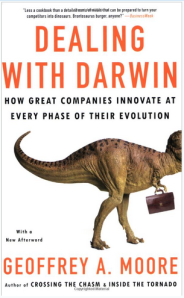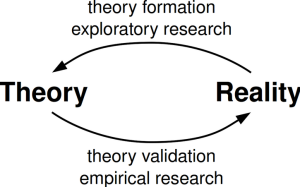 The future within our engagements will determine diffusion and adoption- part three
The future within our engagements will determine diffusion and adoption- part three
One of my favorite books is “Dealing with Darwin– how great companies innovate at every phase of their evolution” written by Geoffrey Moore. It is well worth a read.
When you work through his other books and connect thinking of “Crossing the Chasm” and “Inside the Tornado” you really appreciate the learning stories coming out of Roger Moore’s studies of the Technology Adoption Life-Cycle.
We all need to rethink a lot as the new challenges come rushing towards us.
In his work, Geoffrey Moore talks about ‘traction’ and I think this is a great word for thinking about how to gain diffusion and adoption in product, service or business models, to gain market and customer acceptance.


